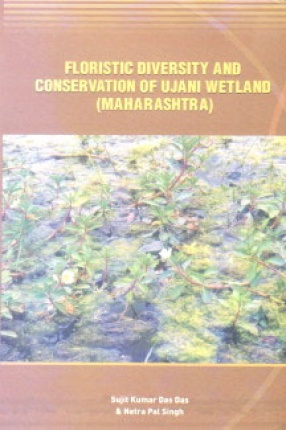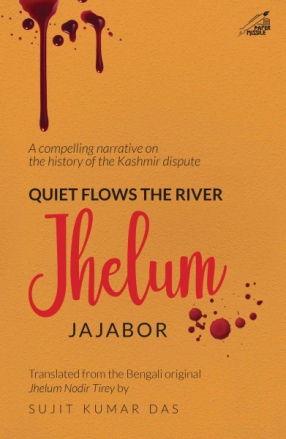Floristic Diversity and Conservation of Ujani Wetland: Maharashtra
The Ujani Wetland is a manmade wetland that came into existence in June 1980. It was formed because of the construction of Ujani dam across the river Bhima which is a tributary of the river Krishna. It is named after Ujani Village and lies between 18 04 24 North latitude and 75 07 15 East longitude on the border of Solapur Ahmednagar and Pune districts of Maharashtra. It is situated about 150 km away from Pune, on Pune-Solapur road. The gross catchment area is 14,856 km and total submerged area is 29,000 ha.
Ujani Wetland has been identified by the Ministry of Environment and Forests, Government of India amongst 115 wetlands under National Wetland Conservation programme. The detailed floristic study of the entire area of this wetland has been done. As a result 293 species and 16 infraspecific taxa belonging to 186 genera under 60 families of angiosperms and 2 species of Pteridophytes have been recorded. It includes 9 endemic plants and several medicinal plants. It also includes utilitarian aspects of Ujani Wetland and other related studies. Co-relation between plants and birds are also studied.
Ujani Wetland is currently facing biotic interference and anthropogenic pressure. Several proposals towards strategies for conservation and management of Ujani Wetland biodiversity have also been recommended in the book.
Get it now and save 10%
BECOME A MEMBER










Bibliographic information
Netra Pal Singh